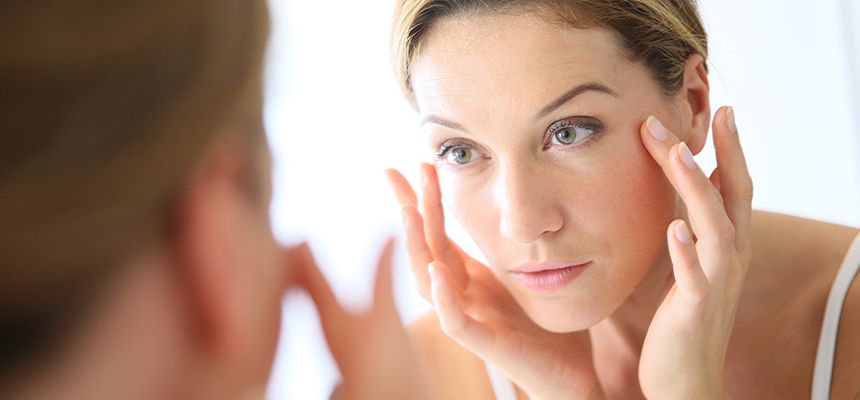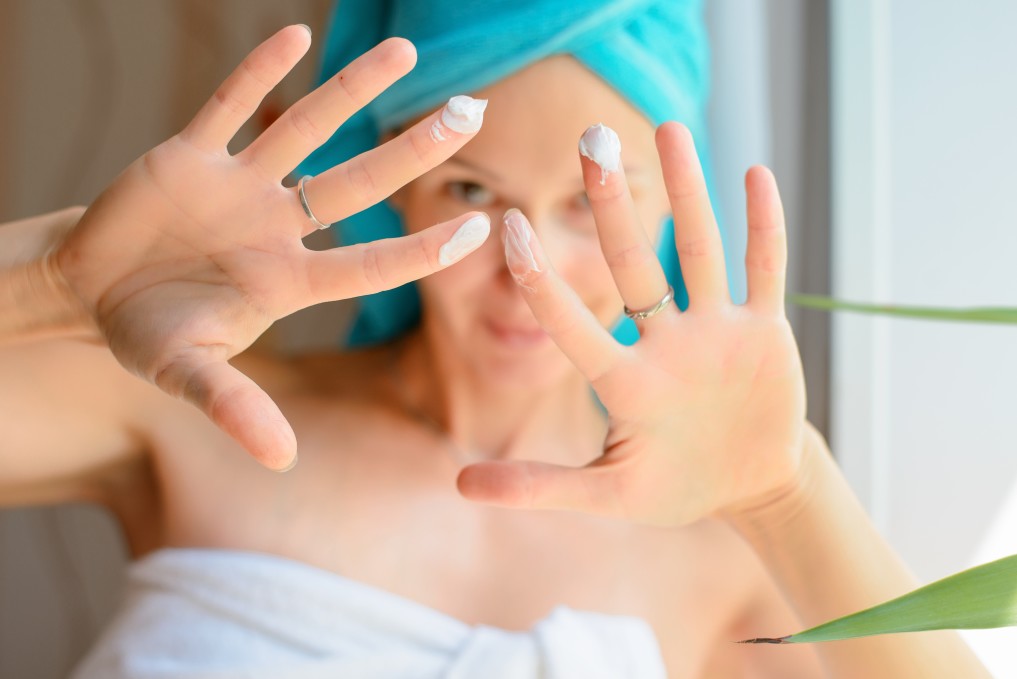
Wrinkles 101: Causes, prevention and fixes
In your teens it’s not even a thought, in your 20s you think it won’t happen to you, and then the wrinkle reality hits in your 30s. Why do wrinkles happen and is there a cure?
In short no, there is no cure for wrinkles yet. But their arrival can be delayed and their depth can be minimised.
What causes wrinkles?
Wrinkles are naturally occurring creases, folds and ridges in your skin. There are a variety of causes - some are unavoidable, others are completely within your power to control. Here are the facts behind wrinkles.
- Facial movement causes wrinkles. Repeated expressions - such as frowning, squinting and smiling - all cause lines to develop on your face. Unless you plan to be a poker face for the rest of your life, this is a wrinkle cause you can’t control.
- Sun exposure is a huge cause of wrinkles. UV light breaks down collagen and elastin in the skin, causing the skin structure to weaken and sag. This is why you’ll notice wrinkles first on the areas that are most likely to be in the sun - your face, hands, neck and arms. People who have naturally brown or black skin have fewer wrinkles, purely because they have more melanin in their skin, which is the skin’s natural sunscreen. Their skin is damaged less by the sun and they develop wrinkles later in life than someone of northern European extraction.
- Smoking definitely speeds up the aging process of the skin. It reduces blood supply to the skin and the puckering-up required for smoking leads to vertical lines leading out from the lips. This effect also happens if you spend a lot of time sucking on a water bottle! So sip from a glass instead.
- Alcohol dries out the skin, which leads to less collagen production. This means skin becomes less firm, plump and doesn’t heal as fast as it used to.
How can you delay the onset of wrinkles?
There are steps you can take to minimise wrinkles. Start by quitting smoking cigarettes, minimise your alcohol intake and increase your daily water consumption. Also, train yourself to always apply sunscreen to face, neck, décolletage and the backs of your hands. In strong sunlight, wear clothes that cover up your skin. However, remember that you need some sun exposure for Vitamin D, so you can’t eliminate the sun completely from your life; just be sensible about it. In particular, never use sunbeds – they’re a fast track to wrinkles and skin cancer.
You can’t just decide to stop smiling (or frowning), but using wraparound sunglasses can help stop you from squinting. Facial yoga, where you exercise specific parts of your skin in an effort to tighten the muscles, does not work. It simply gives you more wrinkles, because you’re creasing the skin repeatedly.
How can you remove wrinkles?
Sorry, there’s no easy answer to this and it’s not possible to magically make them go away, but good skincare habits can do a lot to help.
Natural skincare
The easiest way to look after your skin is with a great natural skincare routine. The most important step (already outlined above) is to always wear sunscreen on your face and neck. Every day. Using a physical barrier cream, such as zinc, is better for your skin (and the environment) than a chemical barrier. Try different brands to find a sunscreen that works well on top of skincare and under makeup – some have a habit of forming white lines in your wrinkles, which is not a good look.
Be gentle on your skin and don’t strip natural oils. This means using a great non-foaming facial wash and alcohol-free toner. But the best line of defence is a great moisturiser for overnight treatment. Choose a night moisturiser like our berry blend that’s rich and nourishing.
Supplements
Great skin starts from within. As well as a diet rich in fruit and vegetables, you need to drink enough water. Water is vital to keep the skin functioning correctly and have it remain in optimal condition.
There are a variety of supplements you can try. Everyone is different, but zinc, vitamin A, C and E and collagen are commonly taken for skin health.
Non-invasive treatments
Your local beauty therapist will have a range of treatments for aging skin.
- Microdermabrasion gently sandblasts your skin and removes the top layer of dead skin to stimulate growth of new skin from underneath. This will leave your skin very soft and prone to damage for a few days afterwards, so avoid the sun. Results are temporary, so you’ll need continued treatment.
- Acid peels do a similar task, but use acids (often fruit acids) to remove that top layer of skin. Usually quite gentle, these will have similar results to microdermabrasion.
Invasive treatments
- Micro needling involves puncturing your skin with tiny holes to stimulate collagen production. It can be painful, so always choose to have numbing cream first. You’ll look a bit rough for a couple of days after, so plan to keep a low profile until your skin heals.
- Laser therapy destroys the outer layer of skin and heats up the lower layers, to stimulate new collagen production. People seem satisfied with the results, which are more long-lasting than microdermabrasion and acid peels. The healing process may take longer, but the skin feels firmer and looks refreshed.
- Botox is a toxin that blocks the chemical signals that move muscles. It’s injected into problem areas, notably the forehead and crow’s feet. Because the muscles can no longer move, wrinkles soften and minimise. Botox treatments need to be repeated – about every six months at first, and then you might get away with a year between treatments.
- Fillers are injected into wrinkles to plump them out. They also encourage collagen production and attract moisture. They don’t last forever, so repeat treatments will be necessary.
- Facelifts are a long-term option, but they are expensive. Generally a lift will remove excess skin from the face. Some procedures also tighten the underlying tissues. The surgery can last up to five years before the skin starts to sag again. Healing from surgery takes a few weeks, so expect downtime when you won’t want to be seen in public.



Leave a comment
This site is protected by hCaptcha and the hCaptcha Privacy Policy and Terms of Service apply.